What Does Black And White Mean In Art
You see colors in everything around you, every moment of the day—but do you ever stop to think about the impact each of those colors is having on you? Whether it's the calming effect of blue skies and fields of green, or the saliva-inducing red and yellow of your local fast food chain, each color has a meaning and taps into emotions. There's a whole science (and art) in the meanings of colors. As an entrepreneur or designer, it's essential to be aware of these color meanings to help you choose your colors wisely and tap into the magical power of color symbolism.
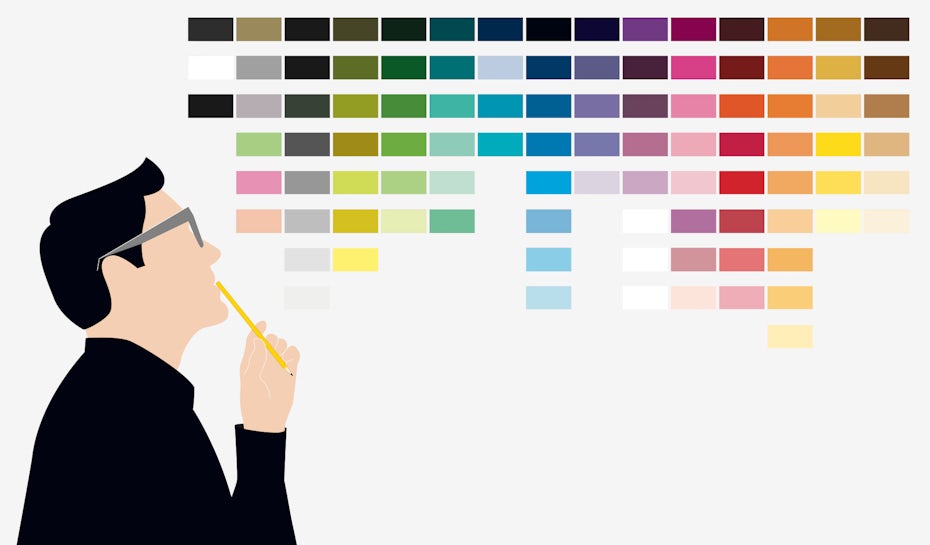
Colors can be a powerful tool—if you know how to use them. For a business—whether it's yours or your client's—there are all sorts of places where color comes into play. You might immediately think of branding elements like the logo, business cards and stationery. Color choices will also be meaningful across online communication and marketing materials: your website, social media, emails, presentations as well as offline tools like flyers and product packaging.
Where do color meanings come from?
—
Millions of years of biological conditioning have created certain associations between colors and objects or emotions, while some associations may be more recent. Understanding these associations will give you a shortcut to people's hearts, provoking a specific emotion and maybe even a behavior. Feelings are much more powerful than rational thoughts based on facts and figures and applying color meanings and color symbolism will make your branding efforts and designs much more effective.
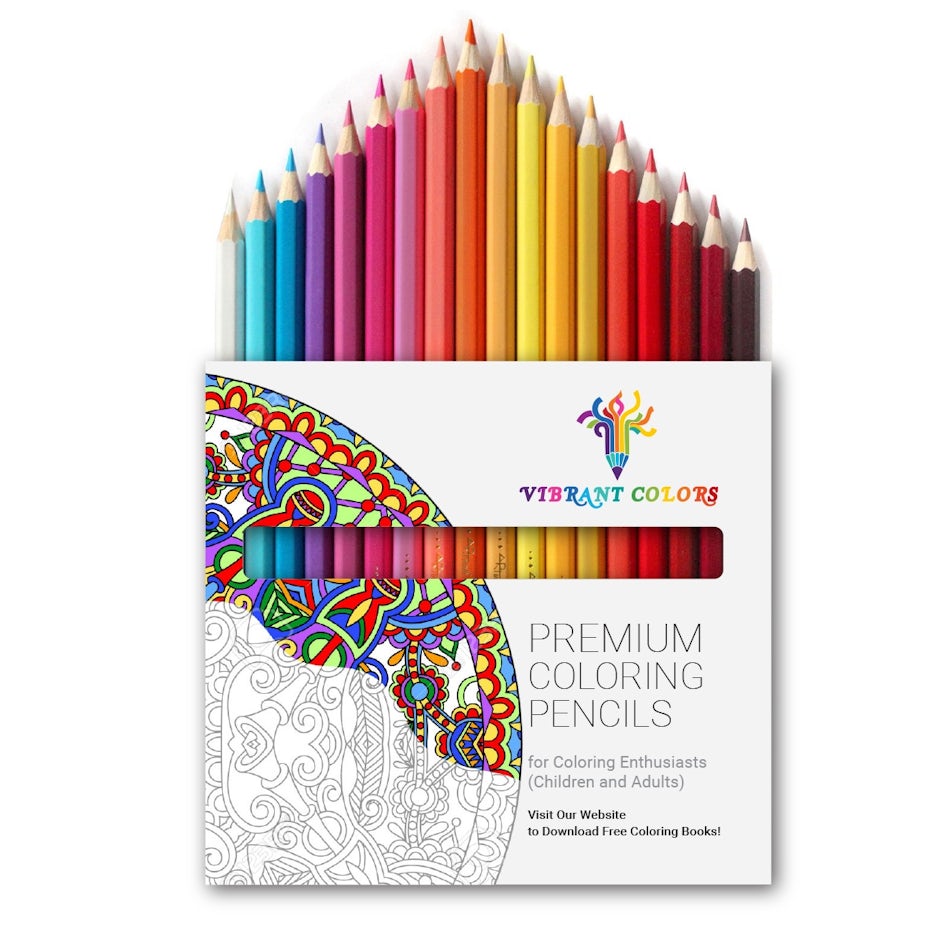
Color meanings stem from psychological effects, biological conditioning and cultural developments. Some color meanings are deeply rooted in our brains because they're visible all around us, like red as the color of fire being associated with warmth or green with nature. We're biologically wired to pay attention to bright colors because brightly colored animals or plants are often poisonous. We're drawn to red fruit over green fruit because the color indicates ripeness and sweetness.
Other colors have developed cultural meaning over time and their meanings have been adopted by society, such as pink as a color for girls and blue for boys in Western cultures (which hasn't always been the case).
Here are a few things that can have an impact on the meaning of colors:
- Cultural differences—Red represents good luck in China but in South Africa it's the color of mourning. Americans associate green with money as that's the color of dollar bills but that isn't the case globally. Black is the color of mourning in Western countries, while in some East Asian countries it's white. In the US green is the color of envy, while in Germany it's yellow. You'll need to be sensitive to these differences depending on where you are operating.
- Time—Colors may also change in significance over time: red used to be seen as a strong, masculine color while blue was a feminine color suited for girls.
- Shades and tones—A color may have a general meaning, but lighter shades can vary dramatically compared to darker shades, while more natural, muted shades will differ from artificial neon colors. Make sure that you look at the specific associations of the different shades and tones. For example, if you're using neon green, don't assume that just because you've chosen a shade of green it's going to be a good fit for an eco-friendly brand. Similarly, a bright magenta will have a totally different meaning from a muted pastel shade of rosé, even if they are both shades of pink.
- Color combinations—If you're using more than one color you need to be aware of how color combinations affect the overall meaning. They can enhance each other, make each other pop, blend together or fight with each other. You'll need to give some thought to their combined meanings and what effect you want to achieve with your combination. Color theory will help you understand the relationships between colors.
Now let's explore what all those colors mean…
The meanings of colors
—
Red is for energy, passion and danger
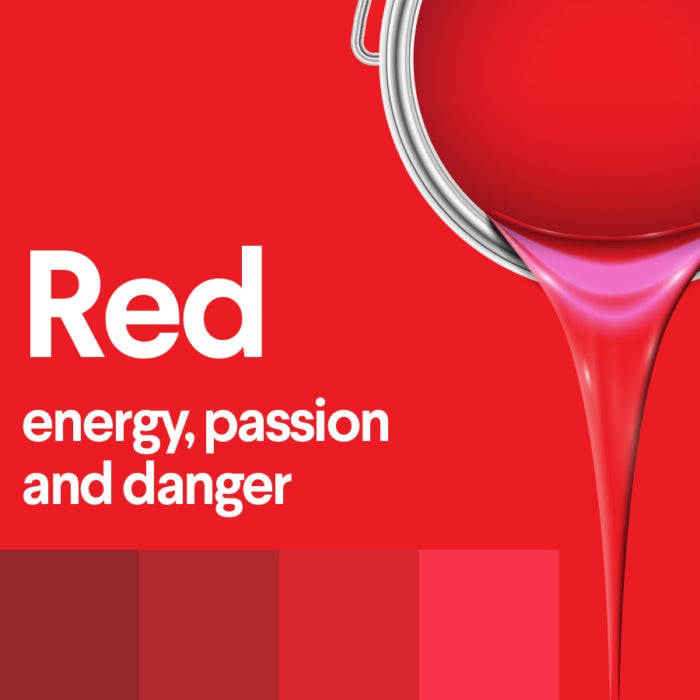
What red means:
Red is associated with the heat of energy, passion and love. We "see red" when we're angry and it's also the color of blood, power and danger, making it a powerful color in branding. Think of the bold red of a fireman's truck or the 'stop' sign in traffic. Red is also said to stimulate appetite, which is why it's popular in fast food chains—most famously in McDonald's, which combines red with another primary color, yellow.
Netflix uses red to attract users to its platform, with red calls-to-action to join or sign in. Another famously red brand is Coca-Cola (and, as the story goes, it was Coke's marketing campaign that branded Santa Claus red). It will be interesting to see what happens with Coca-Cola's recent packaging redesign as they move away from that iconic red to match its new Diet Coke flavors with other colors.
How to use it:
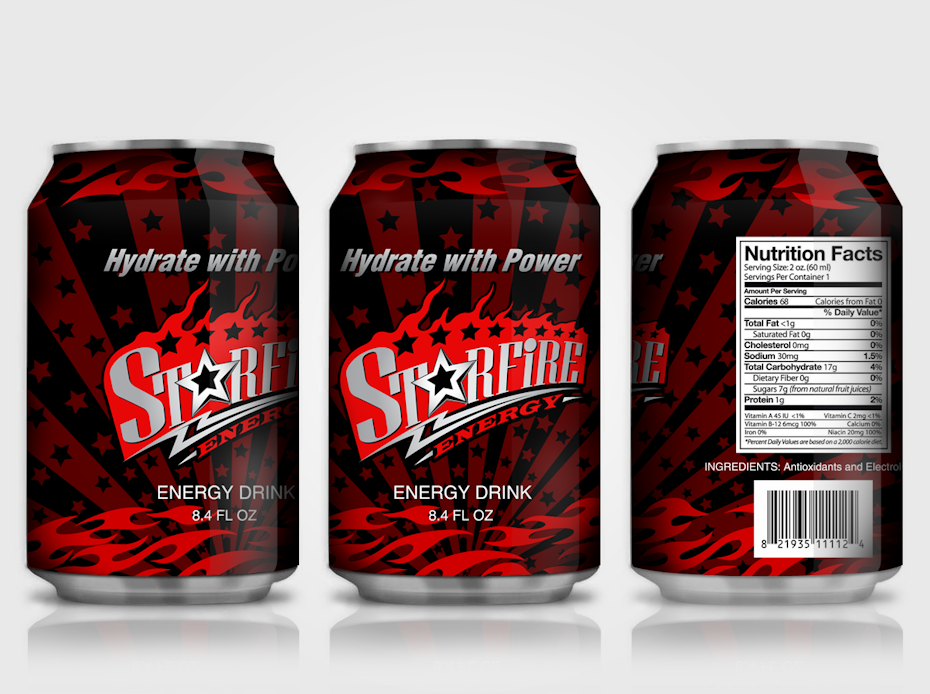
If you have a loud brand and want to stand out, then red could be the color for you. Its high energy makes it a great choice for caffeine drinks, fast cars or sports. With its appetite-stimulating qualities, it's a good match for restaurants who want to bring in hungry customers. It can also be used as an accent color to draw attention to something on your packaging, or to get visitors to 'buy it now' on your website.
Have a question?Ask our team.
Orange is for creativity, youth and enthusiasm
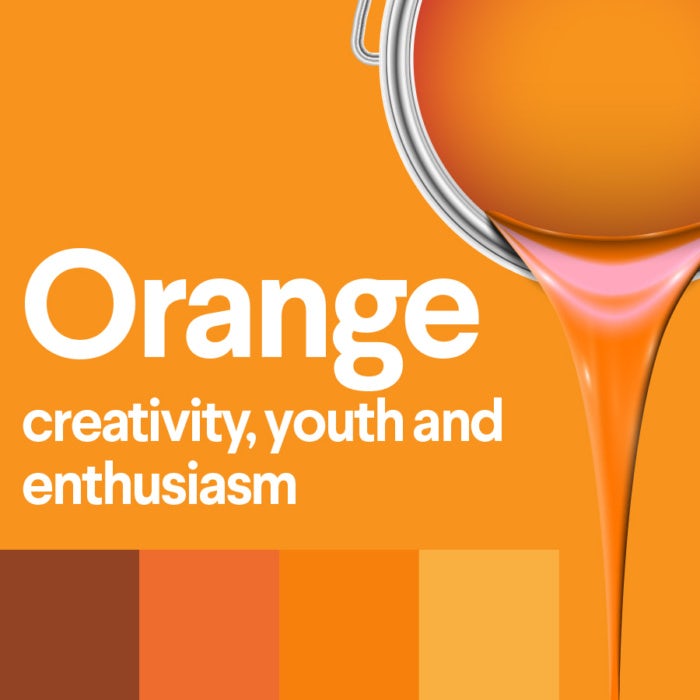
What orange means:
As a secondary color, orange combines the warmth and heat of red with the playfulness and joy of yellow. It attracts attention without being as daring as red, and is used for warning signs like traffic cones and high-visibility clothing. It's an energetic color that can bring to mind health and vitality, given its obvious link to oranges and vitamin C. It's a youthful color as well, bringing an element of vibrancy and fun.
A good example of using orange to connect with a young audience in a fun way is Nickelodeon. To promote energy and activity, Gatorade uses an orange lightning bolt, while orange is also a popular color for tropical drinks like Fanta. There may be unusual historical reasons behind a brand's choice of color: luxury brand Hermès chose orange because it was the only paperboard available during World War II! It's a confident color but not usually associated with luxury.
How to use it:
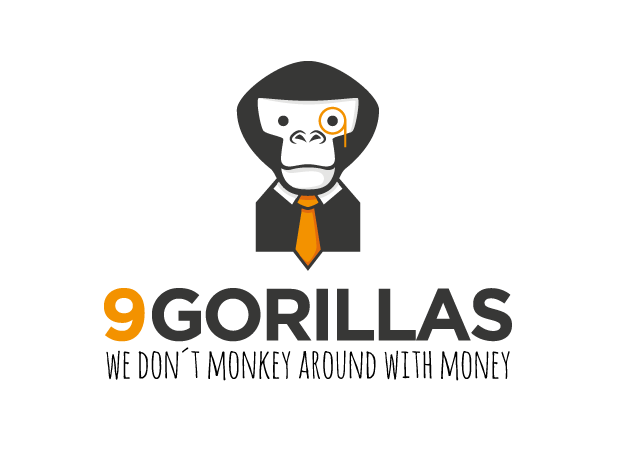
Orange can be a great choice for a youthful and creative brand that wants to be a bit different to the mainstream. It's a friendly color that also stimulates action so, like red, it can be used as an accent color to catch the eye and promote activity.
Yellow is for happiness, hope and spontaneity
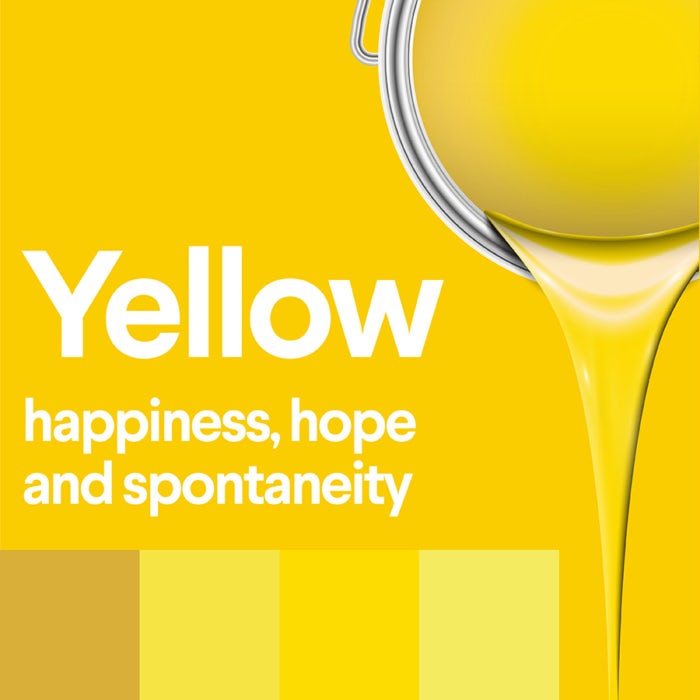
What yellow means:
Yellow is the color of the sun, smiley faces and sunflowers. It's a happy, youthful color, full of hope and positivity. It's another color that grabs your attention and for that reason can also be used to signify caution, like red and orange.
The golden arches of McDonald's (well, they're yellow, really) are a globally recognized symbol that can be seen from far away and immediately gets associated with fast food. In the same way, Best Buy's yellow tag indicates a reduced cost for its cost-conscious customers (say that quickly three times!).
How to use it:
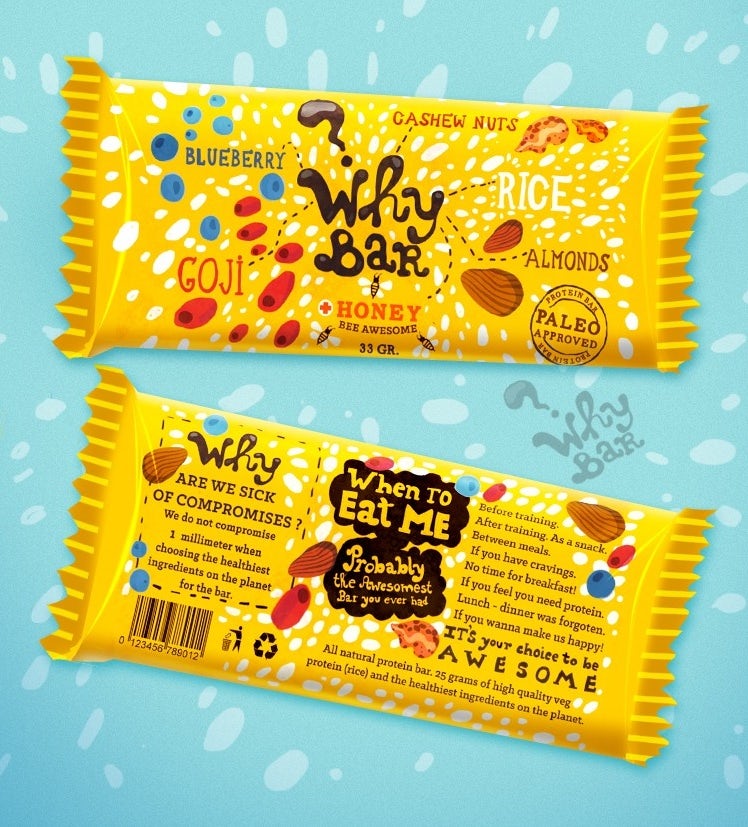
Yellow is a great choice if speed, fun and low cost are attributes that you want associated with your brand. Be careful with different shades, though: a bright yellow will grab people's attention right away and it's a useful way of highlighting or accenting a design, a pale or warm yellow can look natural and healthy, while a neon yellow can instead be very artificial.
Green is for nature, growth and harmony—but also wealth and stability
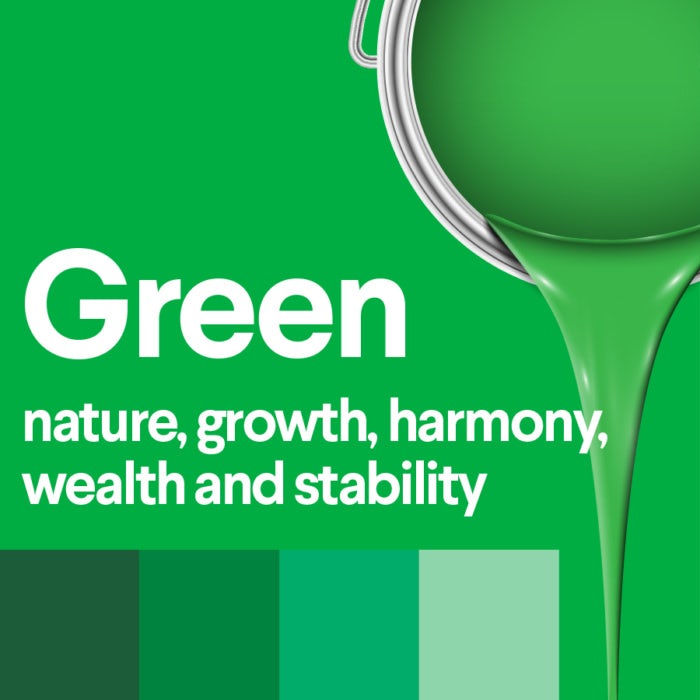
What green means:
Green is universally associated with nature, linked as it is to grass, plants and trees. It also represents growth and renewal, being the color of spring and rebirth. Another association is "getting the green light" to go ahead, giving it an association with taking action. In the US, green (and especially dark green) is also associated with money and so represents prosperity and stability.
Green is also often seen as a fourth color on top of the primary red, yellow and blue (think Microsoft and Google), bringing a sense of visual balance and, as a result, a soothing and relaxing influence. Famous brands that use different shades of green include Starbucks, Spotify and Whole Foods Market.
How to use it:
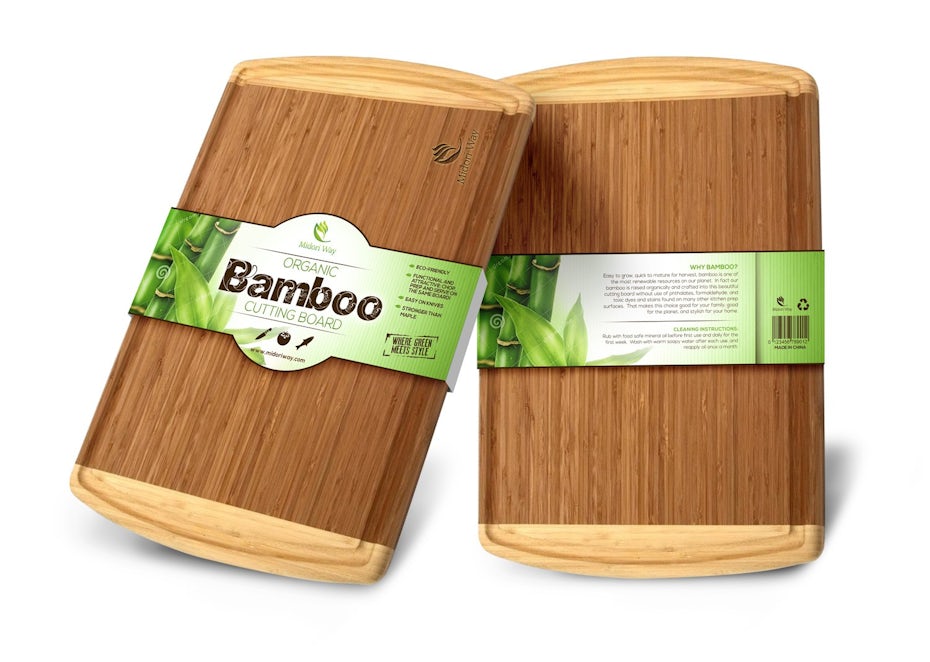
The connection to nature makes green a natural choice (see what I did there?) for a brand that's eco friendly, organic or sustainable. As with yellow, be wary of the fact that while muted or lighter shades of green can represent nature, neon versions will have the opposite effect and will feel more artificial and less harmonious. On a website, a green call to action can suggest 'go'—although the battle rages on with red buttons, which can instead suggest urgency.
Blue is for calm, trust and intelligence
What blue means:
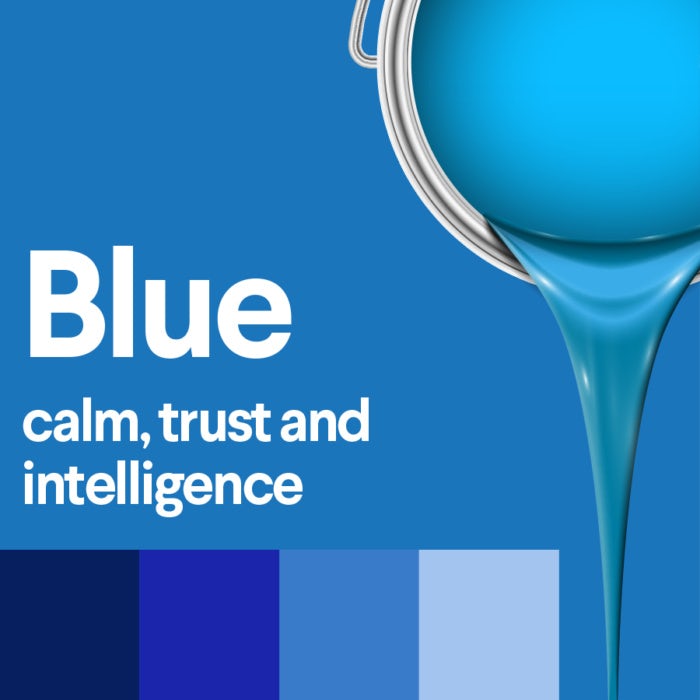
Blue is a serene and calming color that represents intelligence and responsibility. Blue is cool and relaxing. Light baby blue is peaceful, while dark blue can signify depth and power. It is the most popular color in the world, both when it comes to personal preferences (for both genders) and usage in business logos. It's the go-to color for trusted, corporate institutions, often in combination with a mature grey:
- IT companies e.g. Intel, Microsoft, IBM, HP, Dell
- Finance institutions e.g. American Express, Visa, Goldman Sachs, Paypal
- Big corporations e.g. Procter & Gamble, General Electric, General Motors, Boeing and Lowe's
- Blue is also the natural choice for professional network LinkedIn.
Interestingly, blue is the color of choice for many other social networks too. Facebook is blue—apparently because founder Mark Zuckerberg is red-green color blind and blue is the most vivid color that he can see. The association with trust and dependability does work well in the context of a social network, with all the concerns around data privacy and so on, and you'll find that Twitter is also blue, as are Instagram, Russia's VKontakte and even social media site Mashable.
How to use it:

If you want to be immediately associated with professionalism and trust, then blue is the color for you. Since it's universally liked, it's also a great choice if you want to appeal to both men and women. Its association with calm and tranquility means that blue is also a good fit if your business is in things like relaxation, therapy or meditation.
Have a question?Ask our team.
Purple is for luxury, mystery and spirituality
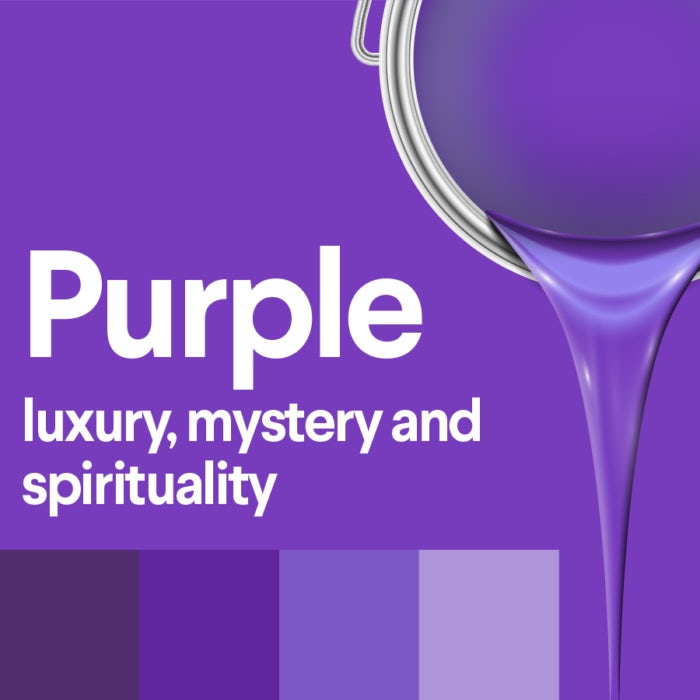
What purple means:
Purple is an interesting color: it's both warm and cool and combines the passion and energy of red with the calm and serenity of blue. Because of its associations with royalty, purple is inherently prestigious and luxurious. Purple dye was historically expensive, which meant that only wealthy rulers could afford it. The ruling classes and kings and queens of old would wear purple and Queen Elizabeth I even forbade anyone outside of the royal family from wearing it. Purple is also associated with religion and spirituality, since the ancient rulers were thought of as descendants of the gods and the color holds a special meaning in religions including Catholicism, Judaism and Buddhism. On top of all that purple is on trend, Ultra Violet being Pantone's choice for color of the year 2018.
Funnily enough, brands are not always as strategic in choosing colors as they should be. Yahoo, as the story goes, ended up purple because that was the cheapest paint color available to renovate the offices back in the early days. You can see a more typical use of purple in the Asprey brand, a British luxury company with a heritage that goes back to the 1700s and a Royal Warrant for every British monarch since Queen Victoria.
How to use it:
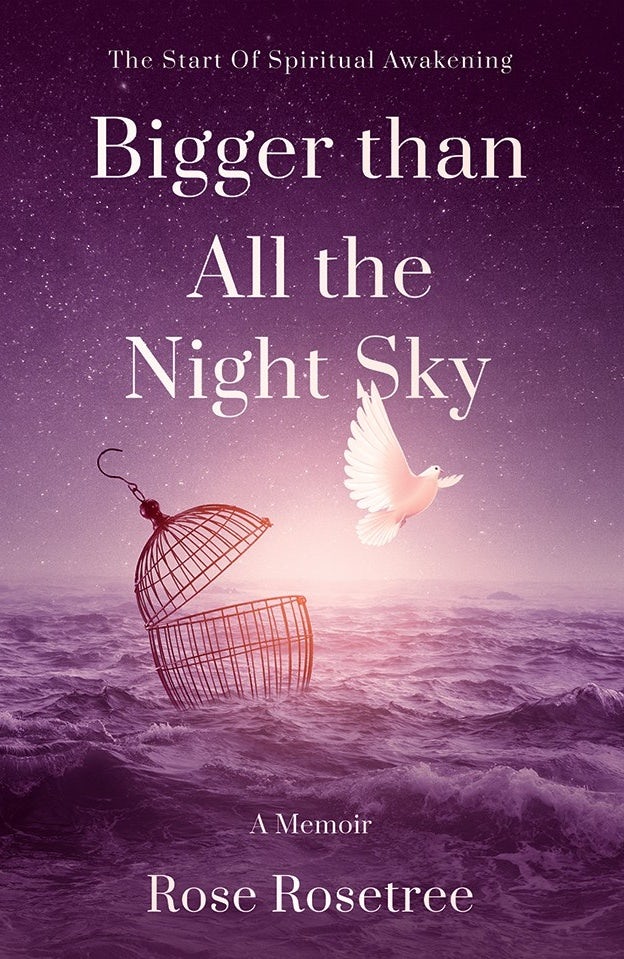
Use purple when you want to evoke those luxurious, royal connections—combine it with gold for that extra 'wow'. Or use it when you want to add a dash of mysticism and spirituality to your brand. Add some green for a really striking contrast or with pink to emphasize the feminine.
Pink is for femininity, playfulness and romance
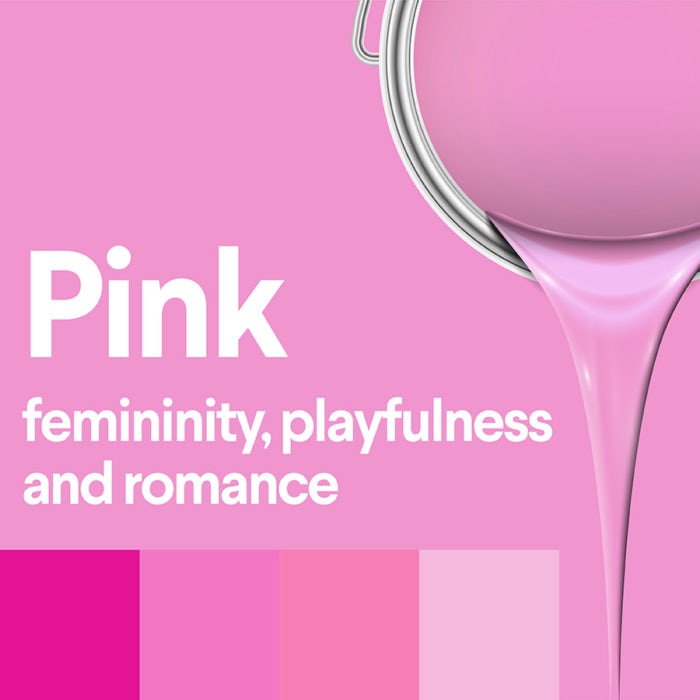
What pink means:
In modern times, it's impossible to see pink and not think of little girls, cotton candy and brightly colored bubble gum. Pink represents femininity and romance, sensitivity and tenderness. It's inherently sweet, cute and charming.
Together with brown, pink is among the least common colors in logos. Typical uses of bright pink include Barbie and Cosmopolitan, with their obvious target markets, and Baskin Robbins and Dunkin' Donuts who are tapping into the 'sweet' side of the color. Wedding companies and other feminine brands often favor a lighter pink. Less typical uses include Lyft and TMobile—both challenger brands, who aim to stand out from their competitors and bring an element of playfulness and approachability.
How to use it:
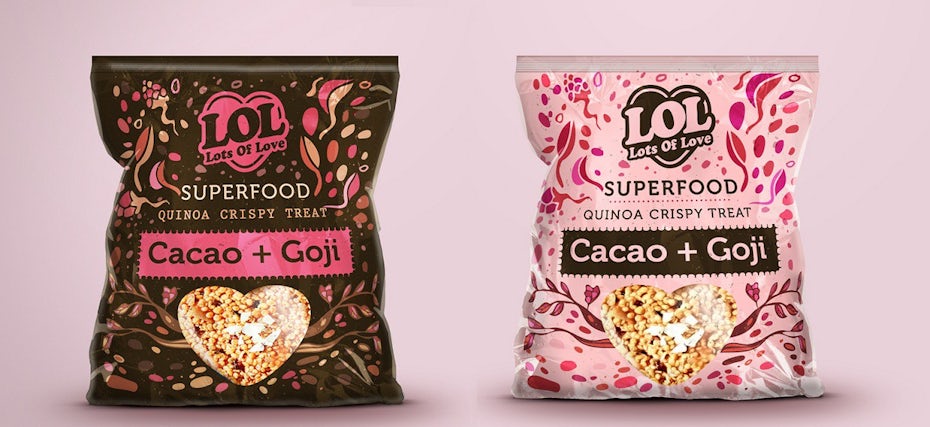
Using pink is a quick shortcut to communicating "this is for women" and if you know it'll appeal to your female target market, then it's a great choice. For some audiences, though, it can be off-putting and you may want to be more creative in communicating femininity without resorting to clichés. You can also use it in unexpected ways to stand out versus your dull and dreary competitors or add a surprising element to an otherwise sophisticated design.
Brown is for wholesomeness, warmth and honesty

What brown means:
Brown is a natural color, associated with the earth and as a result giving a sense of stability and support. Given its link to the earth and nature, brown brings to mind farming and agriculture and other outdoorsy activities. It's warm and friendly, practical and dependable, and can also represent the old fashioned and well established.
Brown is not used that often in logos. When it is, it tends to represent utility. Although blue is the typical corporate color, UPS has used brown to represent dependability (along with a later addition of yellow to bring an element of warmth and friendliness). Up until recently (well, 2010), they even used the color in their tagline: "What can brown do for you?"
How to use it:
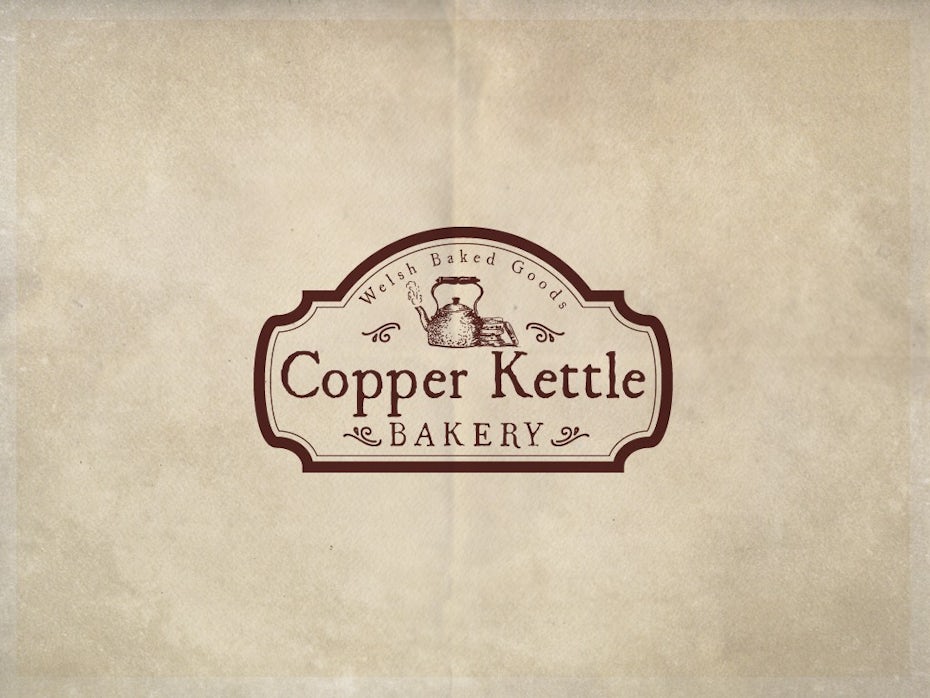
Brown is a warm, neutral color that you can use as a background that conveys warmth and wholesomeness. Use it for an earthy brand and in a natural pairing with green to really capture that organic feel. You can also use brown to give the impression of a well-established heritage and a sense of tradition. Brown works well for chocolate brands, for obvious reasons.
Have a question?Ask our team.
Black is for elegance, power and sophistication
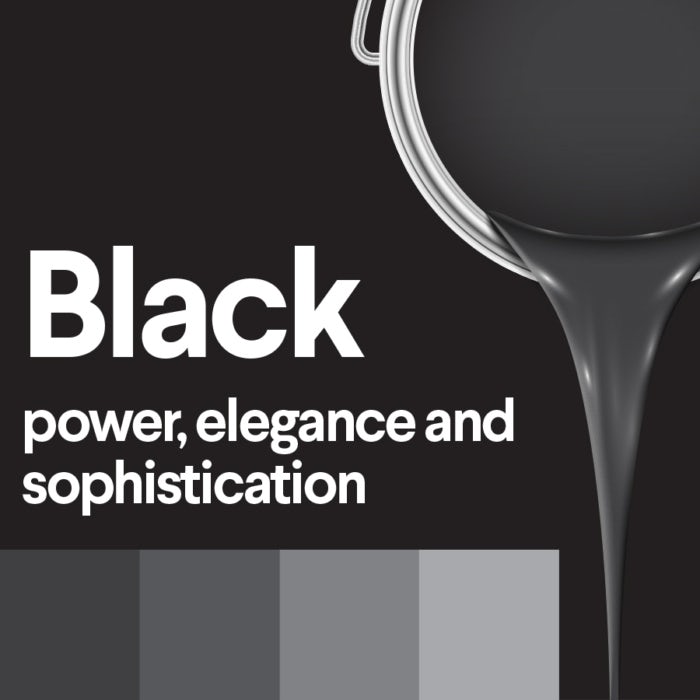
What black means:
Black is an incredibly versatile color and probably the most used color in graphic design. When it comes to branding and marketing, black is generally associated with exclusivity, power and elegance. It's bold, powerful and a little mysterious, which makes it a firm favorite of modern brands. Depending on the design context, it can be used to create a cool and unapproachable look as well. At the same time, it's an inherently neutral color that works well in combination with any other color and is often used for typography and other central, grounding design elements.
Luxury brands like Chanel and Dior keep things stylish with an iconic black-and-white logo. Brands like these want to be a little intimidating and unapproachable as that makes them more exclusive and aspirational. The James Bond 007 logo is black. Newspaper logos also tend to be in black, given the historic black-and-white printing presses. Of course, most brands will have a black-and-white version of their logo as printing in black and white tends to be cheaper than color printing.
How to use it:
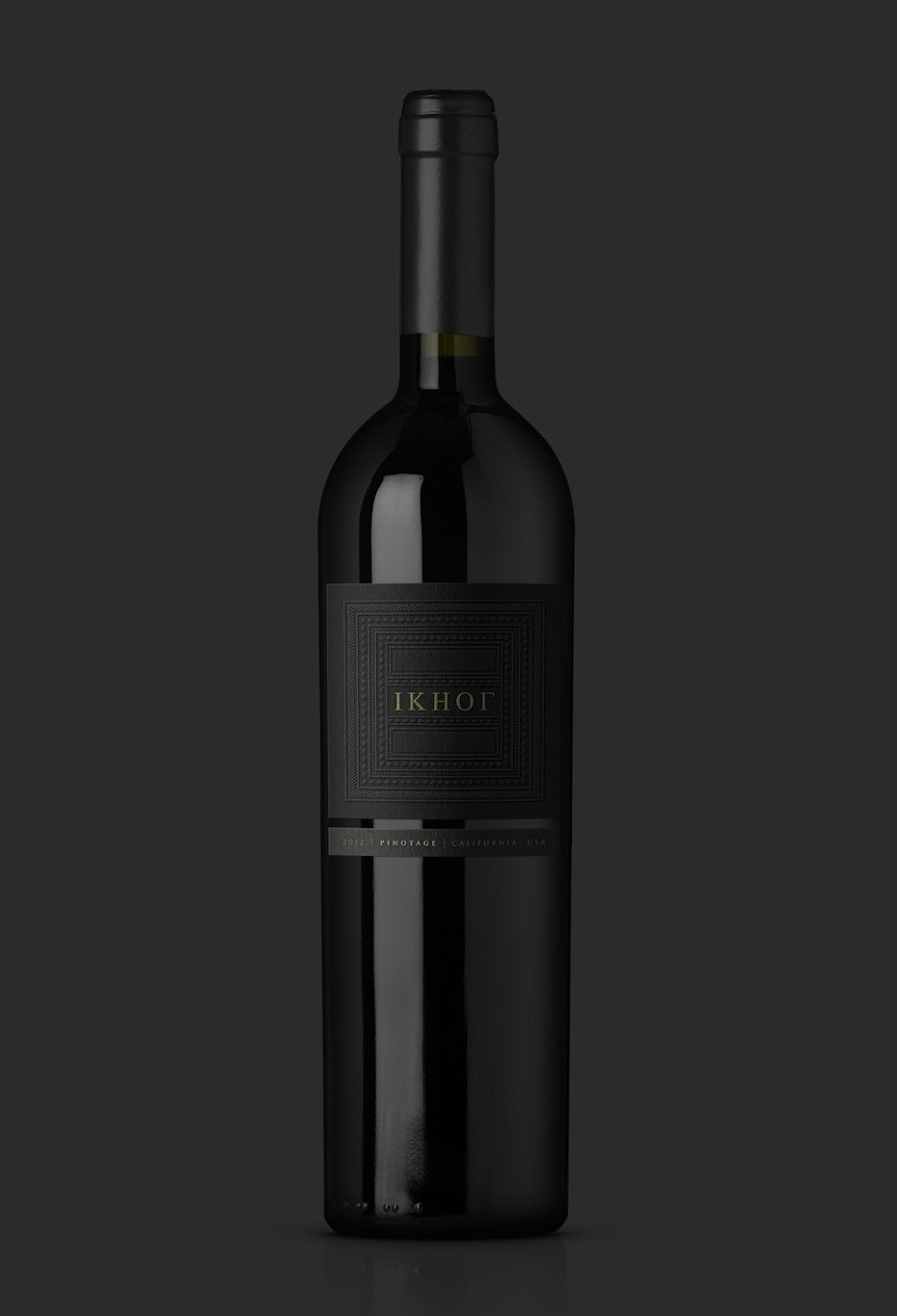
If you want to convey a sense of luxury, you can't go wrong with a simple black-and-white color scheme. Combined with a gold, silver or why not a royal purple, you'll give your brand an air of exclusivity and prestige. On the other hand, black can also be used with bright colors for contrast and when combined with other powerful colors like red or orange it can be extremely impactful and thrilling.
White is for minimalism and simplicity
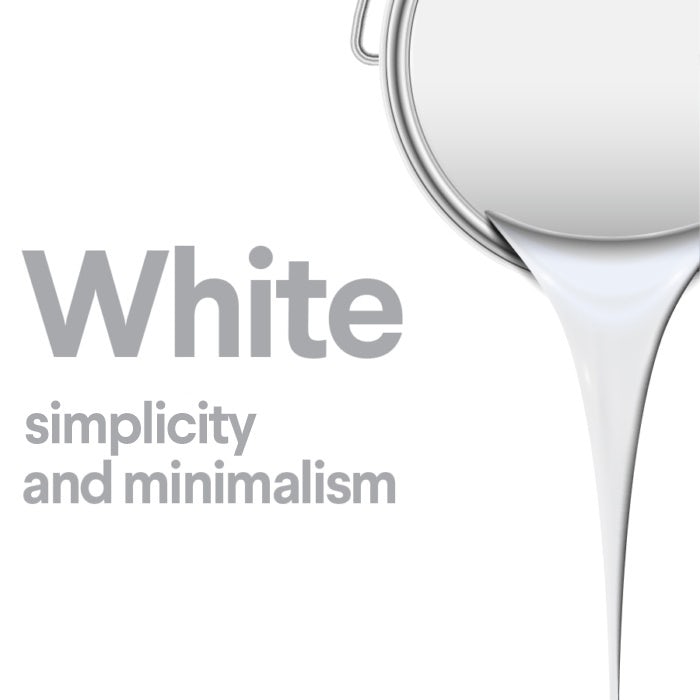
What white means:
If you know your science, then you'll know that white light actually contains all the colors of the rainbow—but to the naked eye at least, white is the opposite: it's the absence of any color. In Western cultures it's often associated with virginity (think of brides wearing white on their wedding day as a symbol of purity), while in some East Asian countries it's the color of mourning. When used in design and branding, white creates a minimalist aesthetic. It can be very simple, clean and modern. It's also the most neutral color of all and can be quite non-descript as a base for other, more exciting, colors.
Apple's advertising and packaging give a powerful illustration of how white can be used for a modern and minimalist aesthetic that puts the beautiful product design center stage. Marc Jacobs prints a simple black logo onto white luxury retail boxes and shopping bags. Health and beauty brands that want to convey an air of purity and natural ingredients will also tend to use white in their packaging. It's an obvious fit for wedding brands as well.
How to use it:
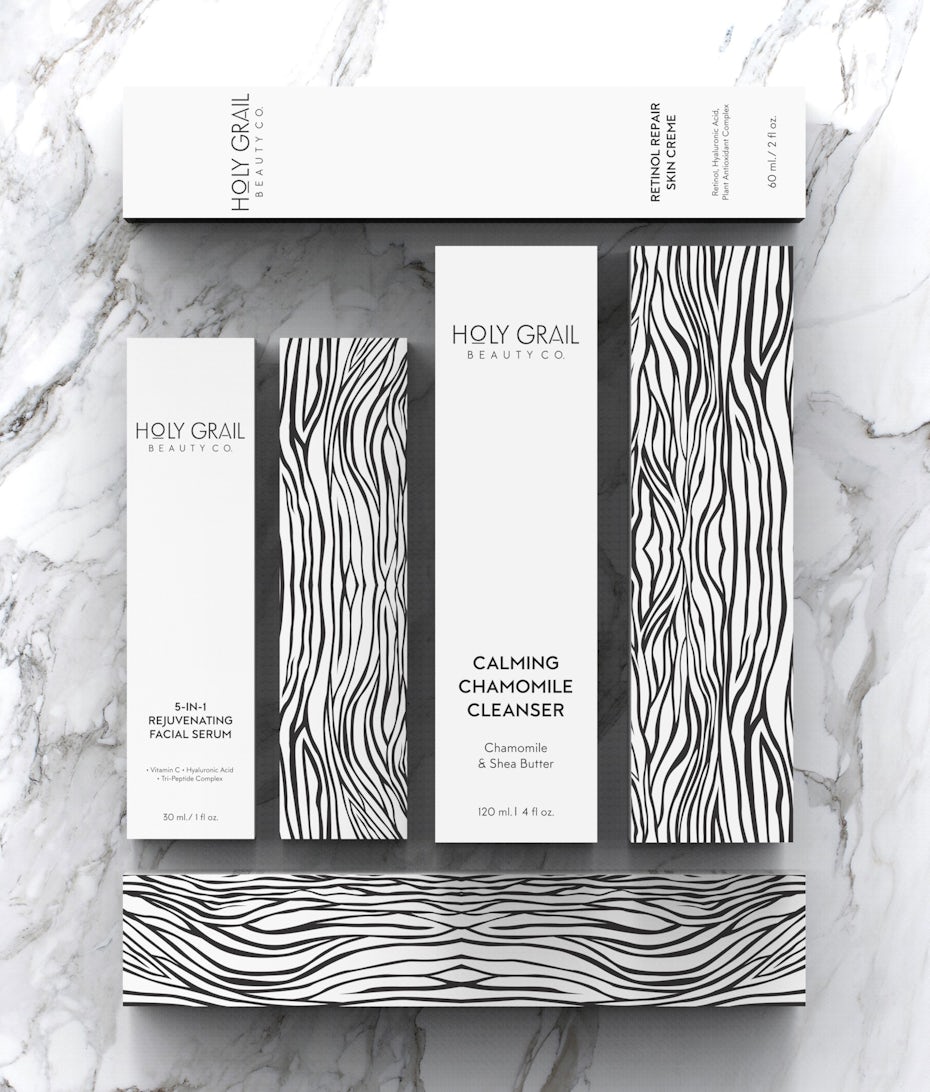
White space can be as important in a design as all the other creative elements. White tends to be the color used for website backgrounds as it ensures that your text is easy to read. It's also often used as a secondary accent in a color scheme. Together with pastels, it can bring to mind spring and femininity; combined with simple black it becomes classic and minimalistic. When it comes to white, it's a lot about the colors you put it with.
Gray is for professionalism, formality and conventionality
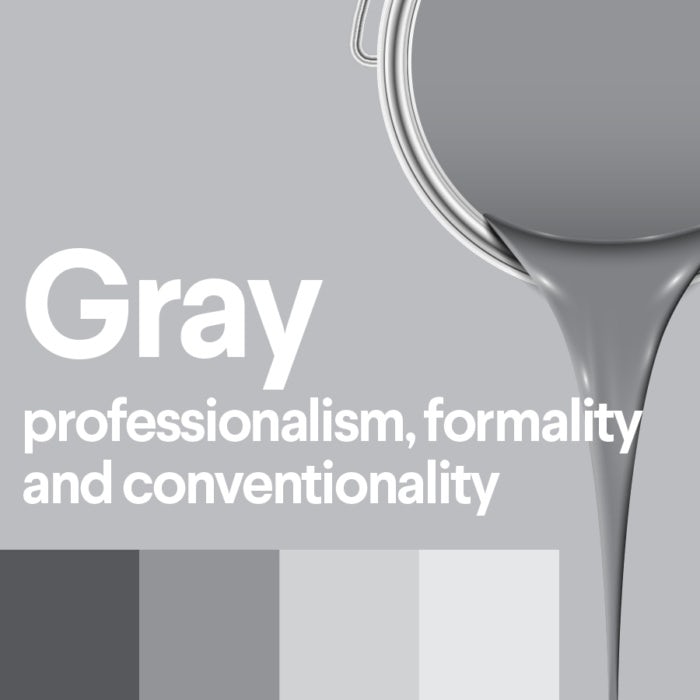
What gray means:
Gray is a more mature, responsible color, associated with the gray hair of old age. Its positive connotations include formality and dependability, while the negative side can mean being overly conservative, conventional and lacking in emotion. It's safe and quite subdued, serious and reserved.
Gray is rarely the star of the show. Nintendo briefly favored a gray logo from 2008 to 2016 but has since gone back to its earlier red. Jewelry brand Swarovski does have a gray logo, although if you look at the website the version used there is black. You're more likely to see the color gray as a secondary color, playing a supporting role to some other, stronger, character.
How to use it:

Use gray if you have a serious brand and you want to communicate the authority and stability of a corporate institution. Combine it with blue for the ultimate in conservatism and dependability. It's actually also a very popular color in web design. You may want to consider using gray as an alternative to white for a softer website background—or as an alternative to black text for a less harsh contrast and an easier read.
Multicolor is for fun, diversity and optimism
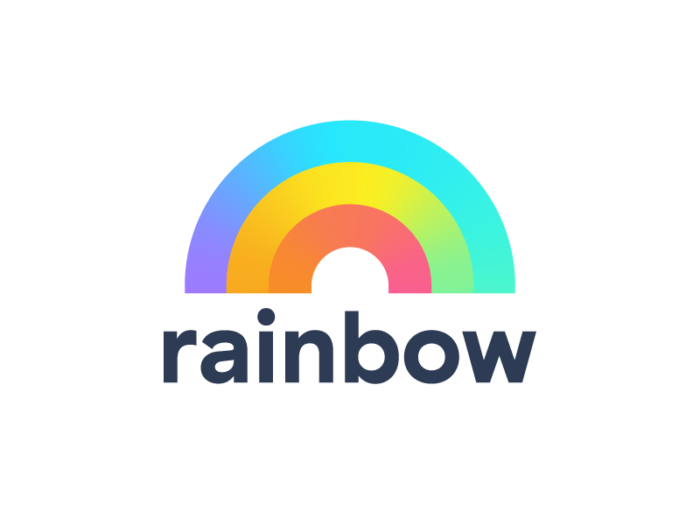
What multicolor means:
We've looked at the meanings of individual colors. So what happens when you bring them all together? What feelings are evoked with multicolored designs? Well, while monochromatic branding can bring focus and style, colorful branding can show that a brand is playful, informal and creative.
As you can imagine, kids' brands often use multicolored designs—think Toys"R"Us or Crayola—but grown-up brands can get creative too! Google uses multiple colors in its logo to represent the playfulness of the brand. An interesting case is ebay, which had a similarly colorful logo up until 2017 when it simplified its logo to one color in its marketing (although the colored logo is still used on the website). Likewise, Apple evolved its logo from the multicolored striped apple to a sleeker silver one.
How to use it:

Why choose one when you can choose them all?! Using many colors in your branding and designs can be a great way to stand out, show your playfulness and appeal to children or a more creative audience. Think about whether you want to use complementary colors to provide a real 'pop' (colors that are opposites on the color wheel, for example, purple and orange), analogous colors for greater harmony (colors that sit next to each other, for example, red, orange and yellow) or triadic colors for a more dynamic effect (colors that are evenly spaced around the color wheel). You can read more about these different color combinations in this article on color theory.
Gold, silver, bronze and other metallics are for wealth, prosperity and success
What metallics mean:
Gold and silver are both precious metals, associated with riches and expensive jewelry. Often combined with black, adding a touch of glimmering metal can immediately give a brand that element of glamor. Gold is also the color of a winner, associated as it is with the medal for first place, and can represent success. It's a warm color related to yellow and as a result shares the attributes of feeling bright and cheerful. Silver is cooler and a little less luxurious, coming in at second place but still representing grace and elegance. Third-place bronze captures the qualities of brown and so it's more earthy, natural and mature.
Rolex uses a gold crown in its logo, while Lamborghini and Porsche use elements of gold as well. The Louis Vuitton monogram could be said to be gold and brown (although the gold shade is actually called 'dirt!'). Clearly, gold is the color of luxury! On the other hand, silver is used a lot in car logos—VW, Toyota, Hyundai, Nissan, Audi, Mercedes—where it denotes quality and workmanship.
How to use them:
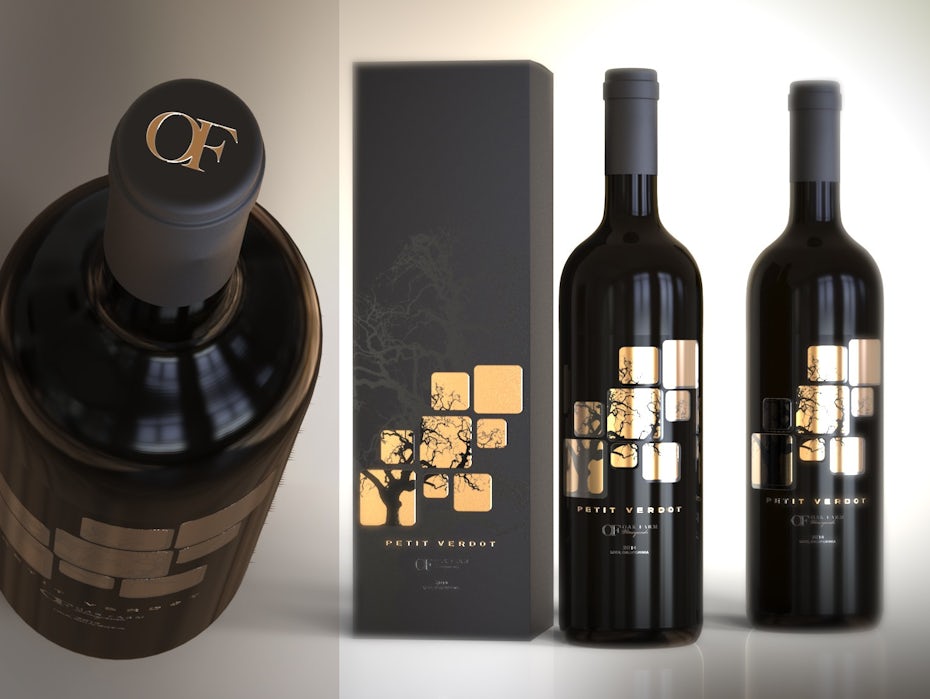
Metallic effects can be hard to recreate online—they're more materials really, or textures, than they are colors. Gold is essentially a shiny yellow, silver is shiny gray and bronze shiny brown. You can still suggest metallic tones on a website or in a logo using shading and highlighting but the full impact will be seen on printed materials where you can use a foil to get that metallic sheen. For a look that instantly says 'luxury', you can't go wrong with black and gold.
Know your color meanings
—
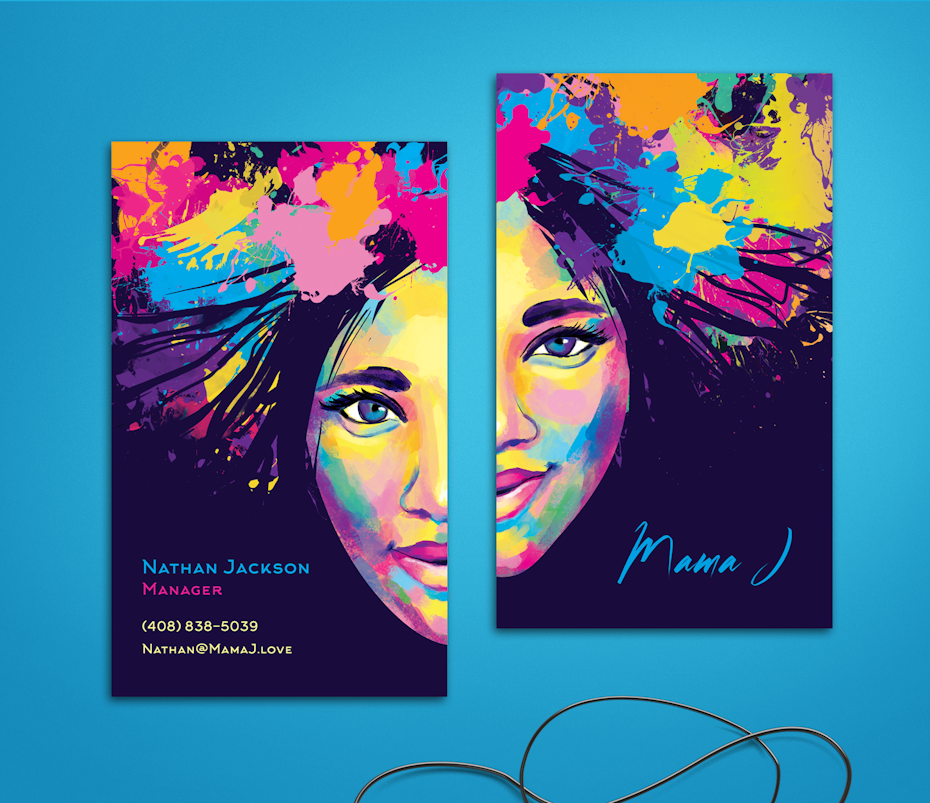
So there you go, an epic journey through colors and emotions.
Of course, it's not an exact science. People may have personal preferences that override any deeper biological tendencies, cultures vary in their interpretations and there may be other things you want to take into consideration as well.
Now that you know the rules, you can play around with them and see what works for you. Feel free to break them, too, you crazy rebel you. Just make sure that you're doing it on purpose and not choosing crazy color combinations without any consideration of what effect they might have.
Now that you know what each color means, do you want to know how to choose the perfect colors for your business? This article on choosing branding colors will teach you everything you need to know.
Need a design that conveys the right message?
Our designers can help you create just about anything.
What Does Black And White Mean In Art
Source: https://99designs.com/blog/tips/color-meanings/
Posted by: goingsficut1950.blogspot.com

0 Response to "What Does Black And White Mean In Art"
Post a Comment